It's thought to date to the 6th or 7th Century and 18 of the estimated 70 graves have been excavated so far.
Some of the well preserved skeletons have been found lying in unusual positions and unexpected artefacts are also emerging from the site.
The dig is starting to reveal more about this ancient community - but it's also raising questions.
The cemetery lies in an unremarkable field in the grounds of Fonmon Castle, close to the end of the runway at Cardiff airport.
Over two summers, a team has been busy carefully removing the thin layer of topsoil to expose the graves that were carved into the bedrock so long ago.
Summer Courts, an osteoarchaeologist from the University of Reading, says the skeletons are in good condition despite being around 1,500 years old.
She points to a skull that's just been excavated, which is providing clues about how these people lived and worked.
"We have some teeth that are very worn in a kind of a funny way that might indicate the use of teeth as tools," she says.
"Maybe for textile work, leather work or basketry - they're pulling something through their front teeth."
But some of the skeletons are posing a puzzle - they're lying in a whole variety of positions.
Some are flat on their backs, normal for the period, while others are placed on their sides, and a few are buried in a crouching position with their knees tucked up against their chest.
The archaeologists aren't sure what this means. Was the cemetery used over a long period of time as burial practices were changing? Or were some people being marked out as different?
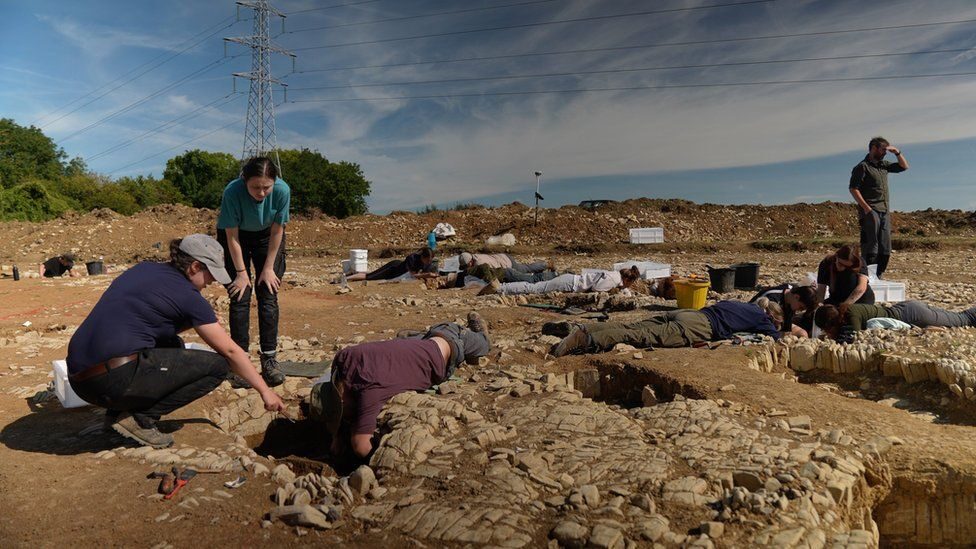
Fragments of dishes and cups have been found, and splinters of animal bone that have been butchered and burnt. One item really brings this community to life: a tiny carved peg that may have been used as a marker for scoring in a game, perhaps something like we use in a cribbage board.
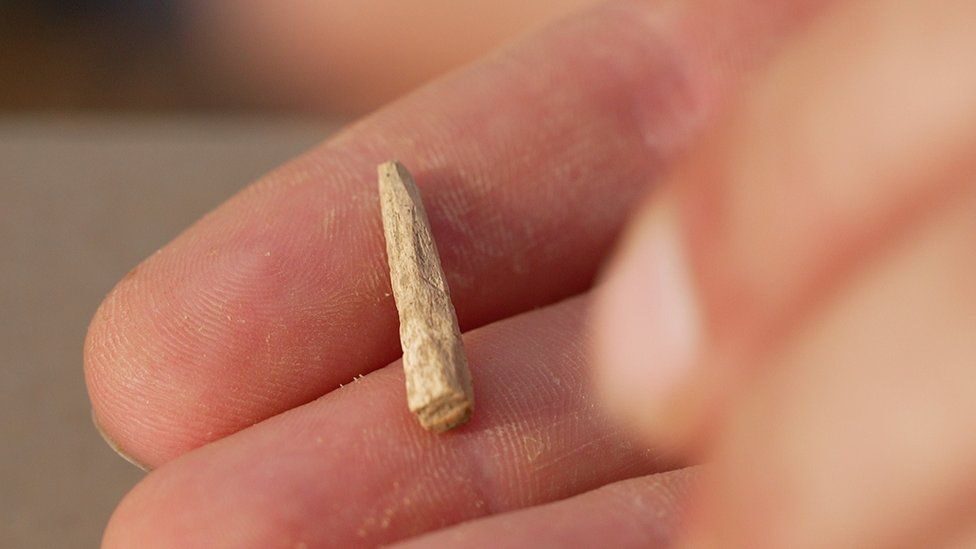
"We tend to think of graveyards as sort of enclosed spaces that we don't really go to, but they probably would have been quite central to life in the past," he explained.
"And it's not just a place for people being buried, but it's a place where communities are coming together: they are burying their dead, but they're also undertaking other forms of activity, and social practice, including eating and drinking - and feasting"
Most perplexing though is that the artefacts being discovered here suggest these people were far from ordinary.
While we're at the dig, an excited shout goes up: "I've just found a piece of glass."
It's lying in one of the graves.
"It's a rim shard, an ice-cream shaped cone vessel - very fine material, very fine glass... it's a really nice find," Andy Seaman says as he admires the fragment.
He thinks it's from the Bordeaux region in France - and it's not the only imported item, the team has also found pieces of pottery, possibly from North Africa.
Comment: One recalls this find: Secrets of the exceptional diatretic vase revealed, recently discovered at 4th century Paleo-Christian necropolis in Autun, France
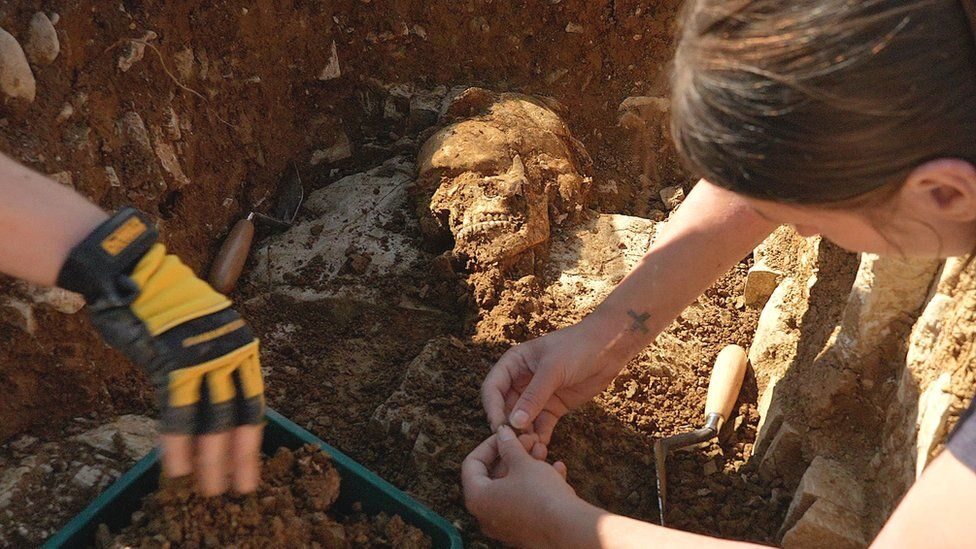
Tudur Davies, from the University of Cardiff, says: "The evidence we've got here is that the people have access to very high quality imported goods, that you can only get through trading or exchange networks, with people with a lot of wealth, to bring it here.
"What exactly is going on? Who are these people being buried here?"
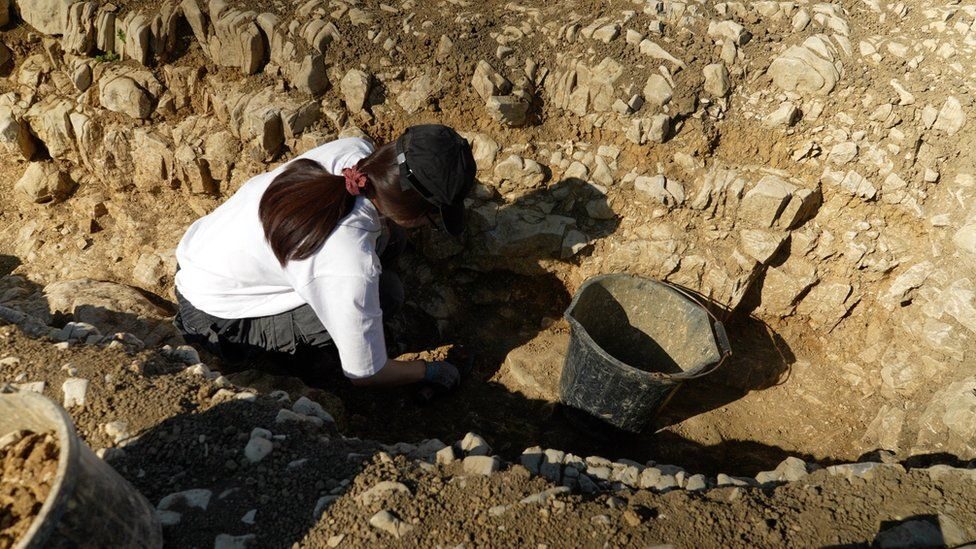
The cemetery will provide a snapshot in time of both each individual and the community as a whole helping to shed more light on an era that we still know very little about.
But the questions about who actually lived and died here may take a lot longer to answer.
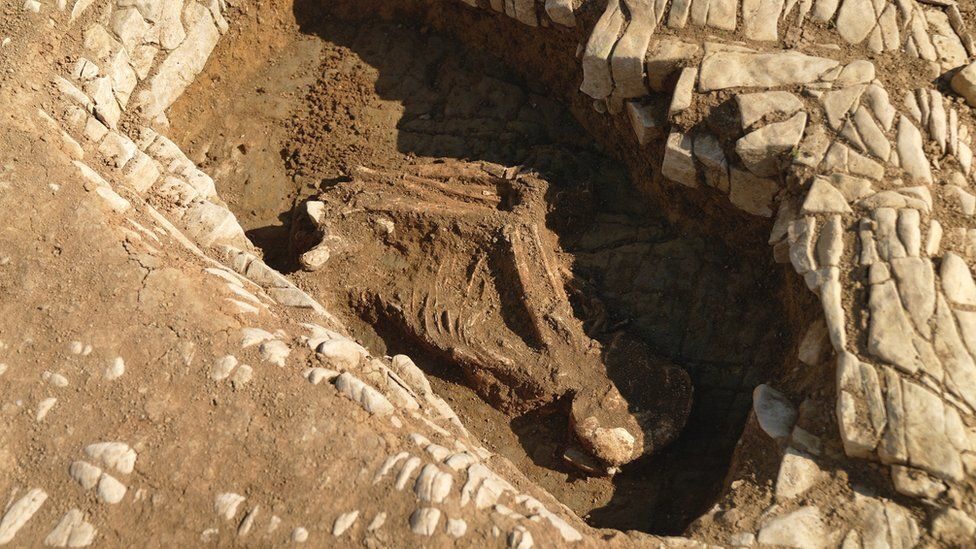
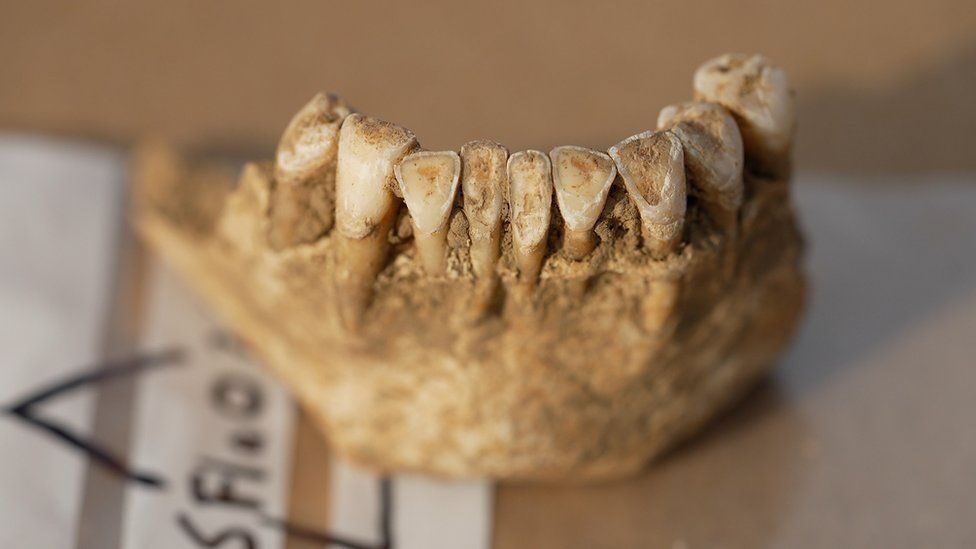
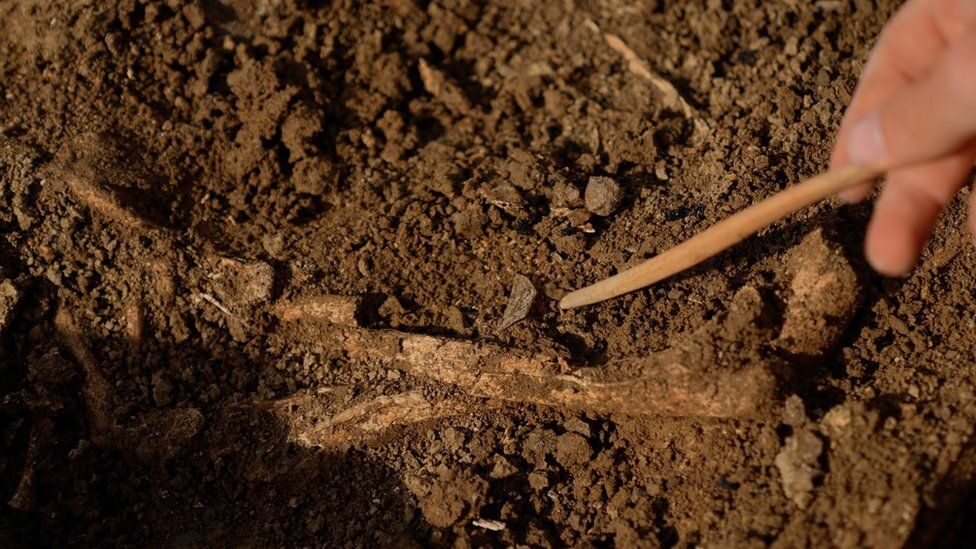



Also, coats of Arms of families in both areas , SW Britain and N West France, show a common background for related groups on both sides of the Channel.
( as an aside, Irish Cambro Norman( Welsh Norman’s ) and Anglo Norman (English Norman’s) coats of arms always have three symbols on the shield 👍)
The different burial styles mentioned would reflect different traders from afar who had family request to bury them like back home.
The fact that their was open ocean trading being admitted now is just another example of a discipline being wrong again, just as the newer space telescopes are turning cosmology upside down.
To be a tenured Prof requires excellent bs skills, and every twenty or 30 years everything taught turns out to be wrong.
Just the Maya revelations of population and massive agriculture, and the Amazon with massive ground works similar to The Hopewell people in Louisiana , blows away everything previously known about these cultures.
Taken together and compared to the climate narrative, it’s obvious that’s all bs too.
1600 bc plus minus had such a warm spell that that’s when Scotland was cleared of forest by Haplogroup L-21, that should settle the anthropogenic climate change bs permanently, but last check over 1500 US Climate change NGO are operating, all with govt grants.
The magnificant Orkney culture with their mind blowing mathematics in their megalithic stone structures was during another warming event circa 5000 to 4500 bc , using Archeoastronomy to verify solstice alignments etc.
So every 3000 years plus minus brings us to today.
The little warming we have now, 0.5 degrees C, is sun spot and flare effect, why is the sun never part of climate models at all.
BS runs the world, Americans the best bsers ever!